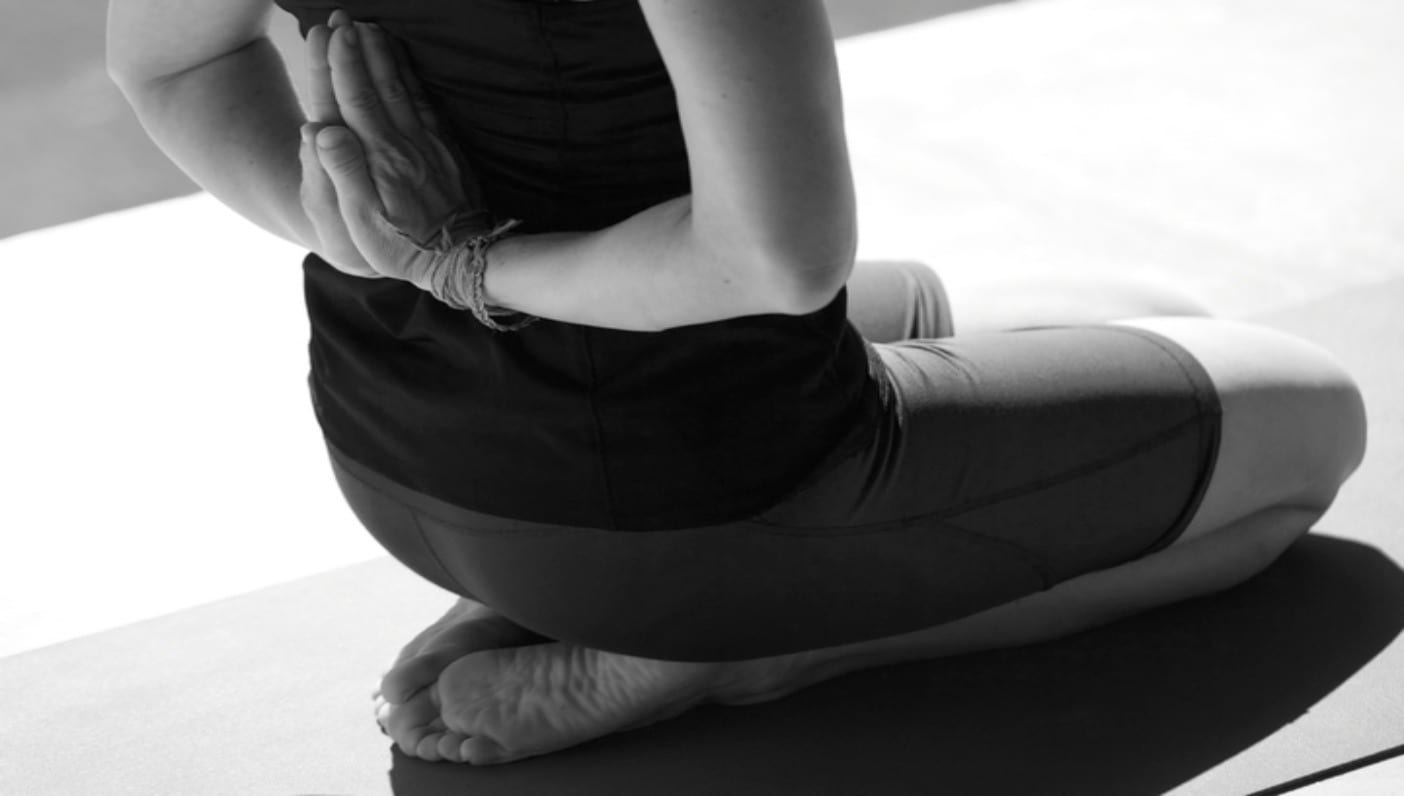
This piece is from our partners at Sonima. Find more like it here.
As a meditation newbie, I crave the clear, focused mind that sitting still can bring to one’s life. My head is all in, but my body isn’t. Sitting cross-legged, let alone in half-lotus is excruciating (the thought of full lotus makes my hips, knees, and back scream). While I realize part of the practice is to simply notice a sensation—for instance, my knees feel so achy—then let it go, the physical pain in traditional meditation postures dominated my thoughts so intensely that I felt I was missing the point and getting no mental benefits. Post-meditation, all I could think about was how much relief my knees felt, so that’s something.
“Meditation is the process of being relaxed and aware at the time,” says Ventkat Srinivasan, PhD, the facility manager and teacher at the Art of Living Retreat Center in Boone, North Carolina. “In order to facilitate that state you have to be relatively comfortable.”
Eventually, I found my comfort lying on a large foam roller. The roller supports the length of my spine and head, and is tippy enough that dozing off isn’t an option. There are myriad other alternative meditation positions, like these five options recommended by experts. Test drive them all and see which one works best for you.
1. Chair Sitting
“A chair is an easy alternative to sitting on the floor,” says Srinivasan.
Try it: Sit on a chair so your feet are flat on the ground and your knees bent 90 degrees, with your hands on your thighs or folded in your lap. Relax your shoulders, and sit on the edge of the chair with your head aligned over your spine; if your spine needs additional support, put a cushion behind your back or sit on one.
2. Modified Kneeling
“Sitting on your heels with your knees bent can be more difficult than full lotus,” says Srinivasan. “But the benefit to kneeling is that your back is automatically straight, which helps with positive energy.”
Try it: Position yourself so that your knees are together. Place a cushion or cushions either between your heels and bottom or under your bottom so that you are in a comfortable position. Another option: Use a seiza, or meditation bench, that supports your weight.
3. Standing
“Standing [during meditation] is very common in China and Korea,” says Lewis Harrison, a teacher and author of Spiritual, not Religious: Sacred Tools for Modern Times. “This is a useful position for individuals who cannot sit for long periods of time.”
Try it: Stand with your feet shoulder-width apart. Position your feet so that your heels are heels slightly closer together than your big toes. Don’t lock your knees; a soft bend in them is fine. Place your hands over your belly, right hand over left.
4. Bolster-Aided Lying
“This is a great position for my students who are tired or have a chronic condition like fibromyalgia,” says Erin Michaela Sweeney, a yoga instructor in Claremont, California, and author of the new book Every Breath Is a Gift: Reflections on My Leukemia Journey.
Try it: Place rectangular bolster length-wise on a yoga mat. Position your sacrum on the front edge of the bolster (don’t sit on it) with your legs in comfortable position like bound angle pose (Baddha Konasana). Ease gently back on the bolster so your spine rests on it. To make this position extra comfy, put a folded blanket under your head so that your forehead is higher than your chin.
5. Lying Down
Although classic meditation positions require an erect spine, if you are unable to sit or stand, your limitations should not stop you from meditating. The biggest issue with a fully prone position is falling asleep. Ines Freeman, community dharma leader at the Insight Meditation Center in Redwood City, California, offers a few suggestions on how to avoid dozing off:
Option 1: Lie with your feet flat on the floor, your knees hip-width apart. If you fall asleep, your knees will fall together and wake you up.
Option 2: As you lie on the floor, bend the elbow of one arm so that your forearm is perpendicular to the floor. If you drift off, your arm will drop and wake you up.
Option 3: Position your hands in a mudra: fingers interlocked, thumbs touching each other. If you begin to fall asleep, the thumbs will pull apart, bringing you back to your meditation.
This piece was originally written by Dimity McDowell for Sonima.
—
This story was originally published on Sonima.com. If you enjoyed this story, check out these other articles:
A Yoga Sequence to Balance the Mind
4 Ways to Strengthen Your Meditation Practice
An Active Alignment Sequence to Correct Head and Neck Posture
Sonima.com is a new wellness website dedicated to helping people improve their lives through yoga, workouts, guided meditations, healthy recipes, pain prevention techniques, and life advice. Our balanced approach to wellness integrates traditional wisdom and modern insights to support vibrant and meaningful living.
